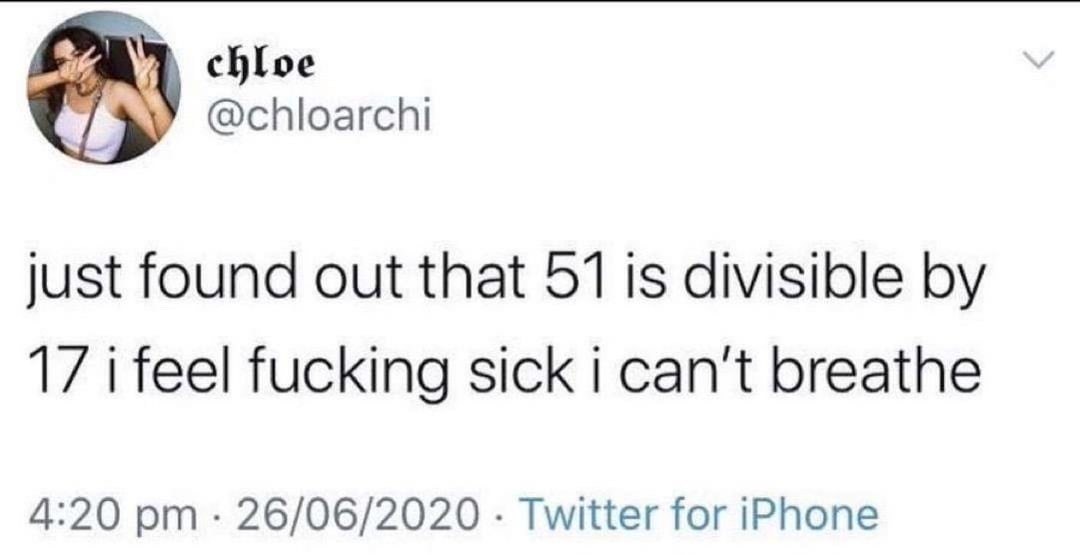this post was submitted on 11 Dec 2024
606 points (95.6% liked)
People Twitter
5496 readers
1837 users here now
People tweeting stuff. We allow tweets from anyone.
RULES:
- Mark NSFW content.
- No doxxing people.
- Must be a pic of the tweet or similar. No direct links to the tweet.
- No bullying or international politcs
- Be excellent to each other.
- Provide an archived link to the tweet (or similar) being shown if it's a major figure or a politician.
founded 2 years ago
MODERATORS
you are viewing a single comment's thread
view the rest of the comments
view the rest of the comments

And this is the key factor to why math teaching has changed. Rote memorization is actually really really awful for learning.
Teaching math used to be a case of having students fill out their times tables. I still remember having to fill out this chart in under 5 minutes:
This was a quiz that we had to do multiple times per week. It was given to us blank, and 5 minutes obviously isn’t enough time to actually calculate everything; We were expected to have it memorized. And when the students had memorized the table, the quizzes changed into a series of small calculations from the table, again under 5 minutes. So if we ever had to calculate anything out, we could just refer to our memorized times table and pull the number off of that. But the issue is that this only works up to a certain point; Nobody is going to be able to reasonably memorize their times table beyond maybe 15x15. And this means that the times table essentially becomes worthless for doing math in larger numbers.
So instead, the “new” math teaches students how to take complicated problems (like 17x3) and break it down into easier steps. 17x3 is complicated, but 20x3 is just 2x3 with an added 0, and 3x3 is easy too. So if we can convert 17x3 into (20x3)-(3x3) then it becomes much easier to do in your head. Because not everyone can calculate 17x3 accurately, but virtually anyone beyond 1st grade can calculate 60-9.
The “new” math was developed by studying how the students who were good at math actually did their calculations. And it turns out, when you actually understand the concepts, you can create mental shortcuts to break the difficult problem down into a series of smaller problems. And that’s exactly what the “new” math does.